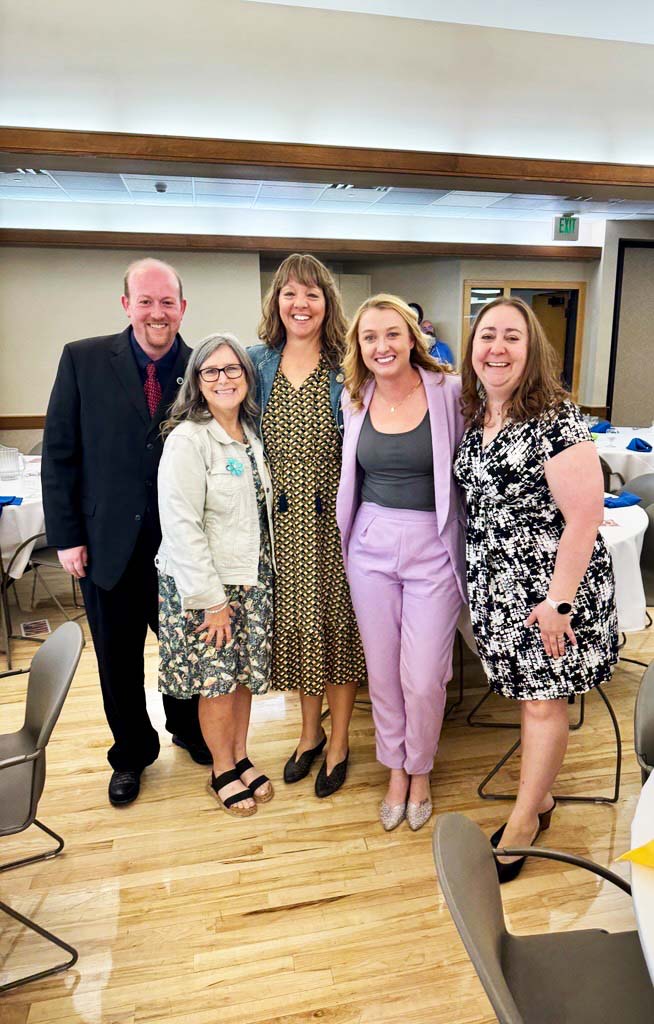“Rats!” The one-word exclamation once rang out to express annoyance or irritation. The utterance wasn’t necessarily directed at rodents, the highly opportunistic rodents who follow humans closely.
Common brown rats, known today as “sewer rats”, arrived in eastern seaports in the mid-1700s, just in time to hitch rides during westward movement.
Life for the pioneers was hard on a number of fronts. If you’ve ever been to Wheat Ridge’s Historical Park, you’ve probably toured the beloved Soddy, the mid-1800s house composed of sod bricks, now covered outside and iBy layers of adobe to preserve it. Sod house walls are typically 20-24 inches thick, plenty of territory for all forms of vermin to burrow in and make themselves at home. Bugs bored their way in looking for grubs and insect eggs; they attracted rodents looking for an easy meal which, in turn, attracted snakes searching for dinner – an entire food chain, all in the walls of simple prairie homes.
There’s plenty of documentation about how pioneers covered their ceilings and walls of their sod homes with large fabric pieces to avoid Lord-knows-what dropping on the dinner table or, worse, the bed. To be clear, those folks didn’t have mice and rats dropping from the ceiling, but they did put up with nightly skittering noises, back and forth across the fabric while they tried to sleep.
So, what did pioneers do? Probably the first line of defense was family pets. Good feline “mousers” were highly valued assets, and dogs were, too. Terriers were brought along when people emigrated from Europe. Bred specifically as ratters and mousers, these small, quick and very eager dogs were highly prized on the frontier.
Poisons were effective deterrents, and recipes containing bitter almond, hemlock seed, wolfsbane, and arsenic were common. How to keep pets and stock away from both dead rodents that had consumed poison and the poison itself was problematic.
As civilization grew in the West, so did traveling rat and mouse-catching businesses. Rat-catchers also generally had the latest kinds of traps for sale. Traps grew in popularity during the late 1800s, as well as do-it-yourself instructions for contraptions like “deadfall” or “noose” traps.
Has modern society made any progress? Little, at best. Granted, sanitation is much better, but rodents tend to live where food and shelter are provided. Rats can fit through holes the size of a quarter; for mice, it’s a dime.
Join members and friends at the Historical Society’s celebration of veterans at the Baugh House Saturday, November 8 from 10:00-2:00. A salute for local veterans is scheduled for 10:30. Then enjoy a car show of older and antique cars and their newer counterparts, a collection of muscle cars. Those folks not into cars can busy themselves at the hobby/craft fair where they can trade information about different hobbies and/or buy/sell/trade craft items and supplies. (And not a rat in sight, we promise!)






